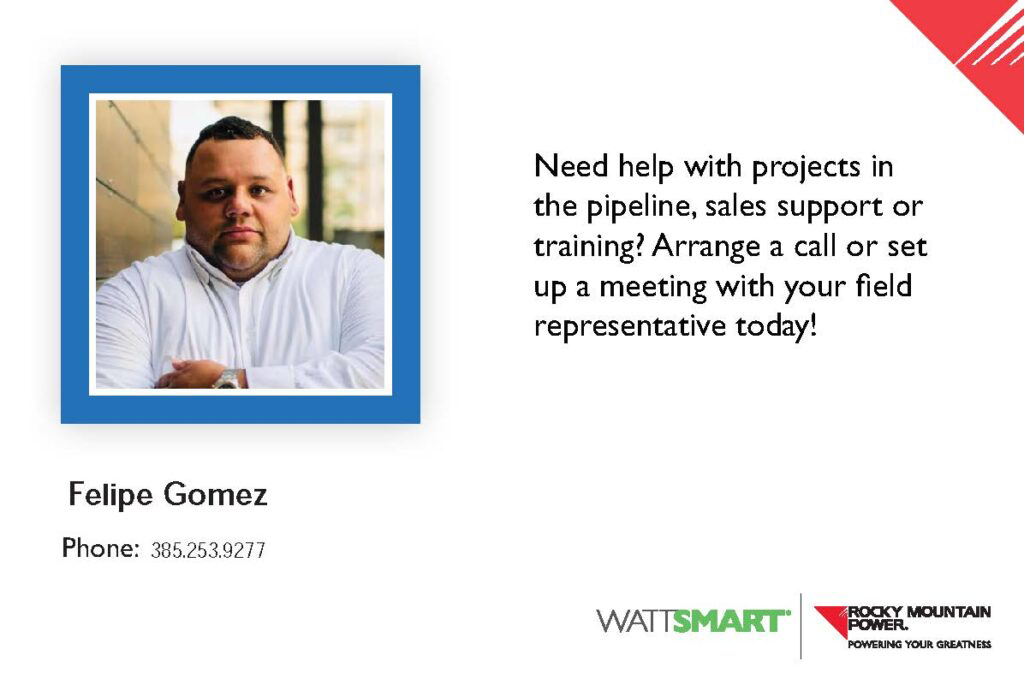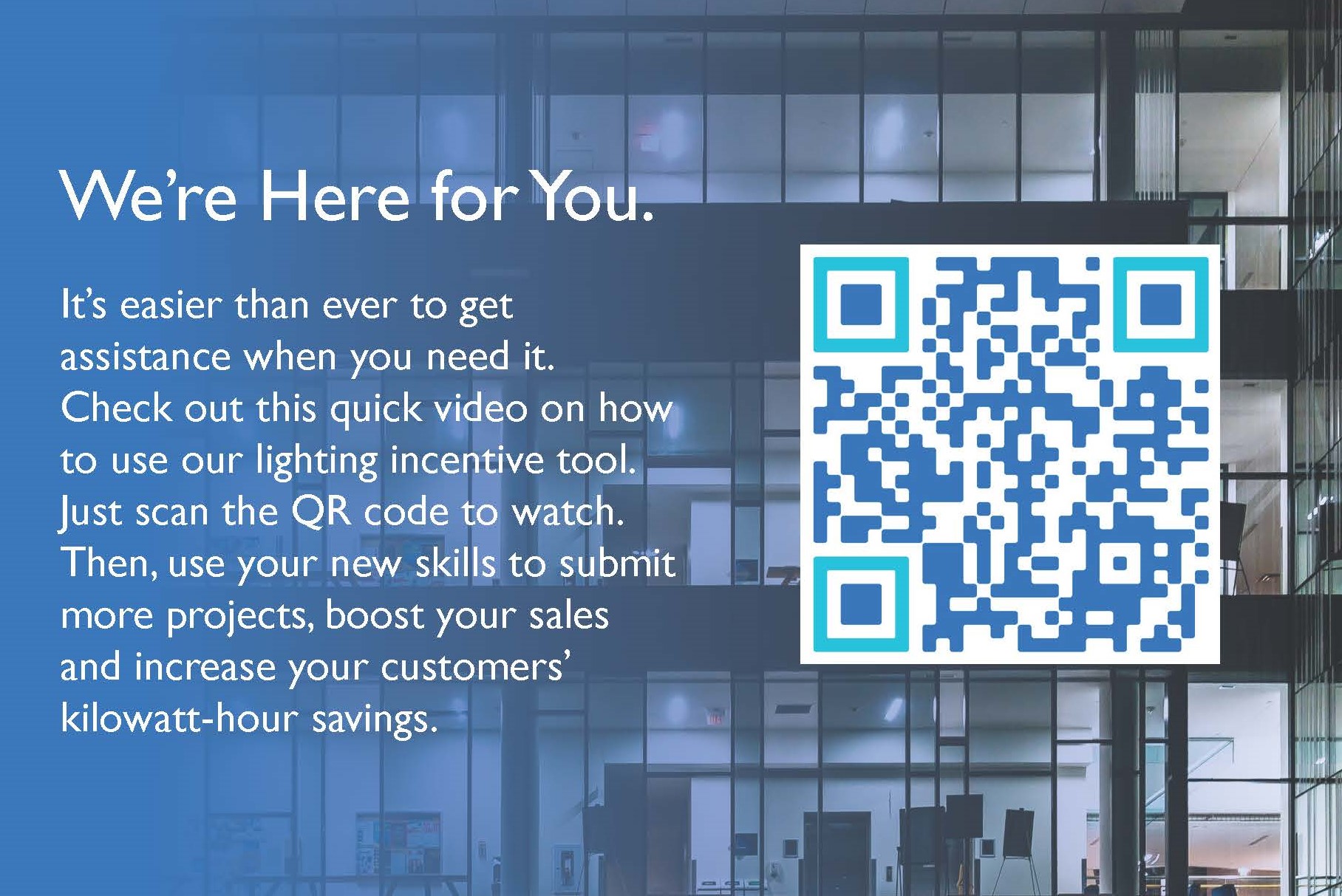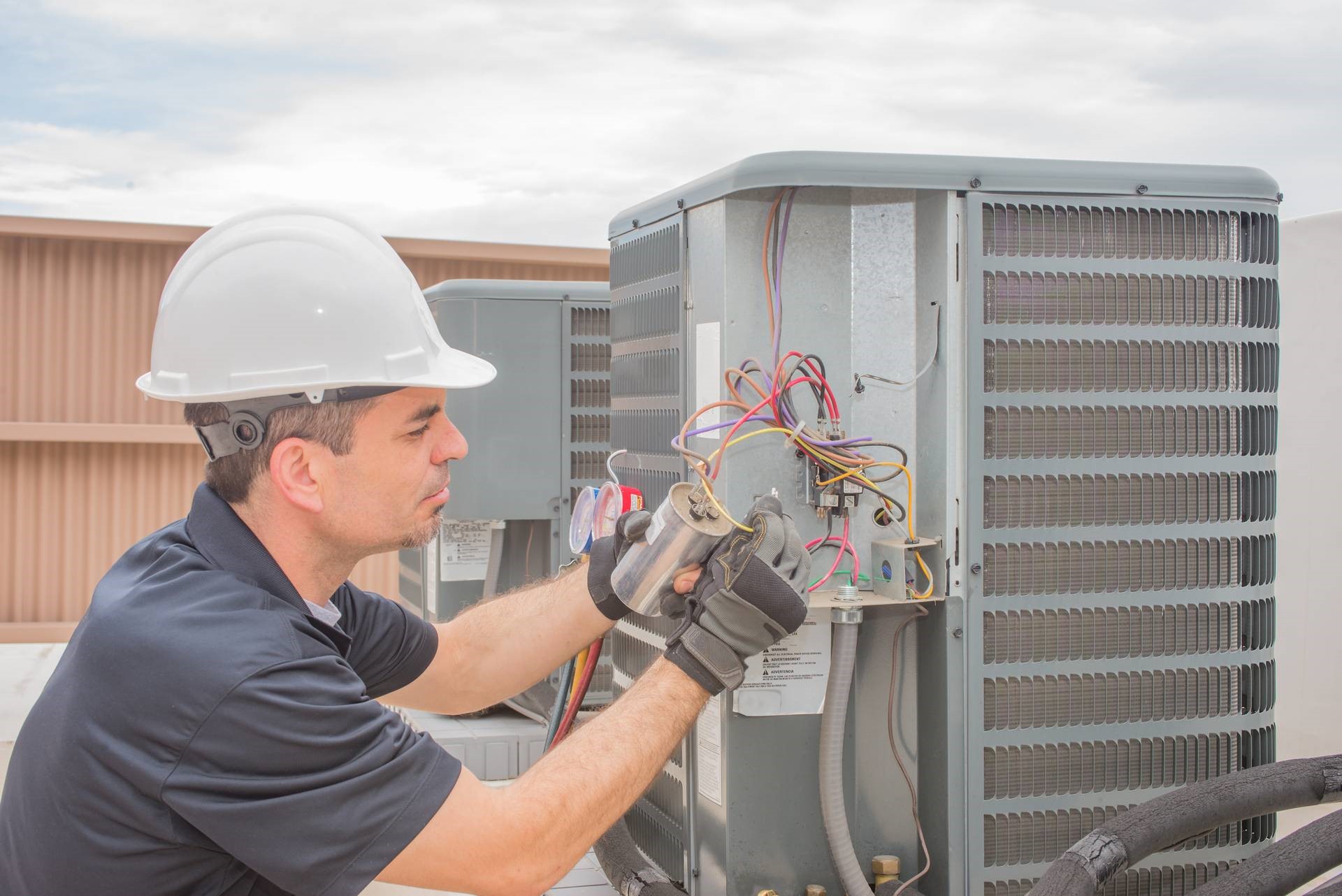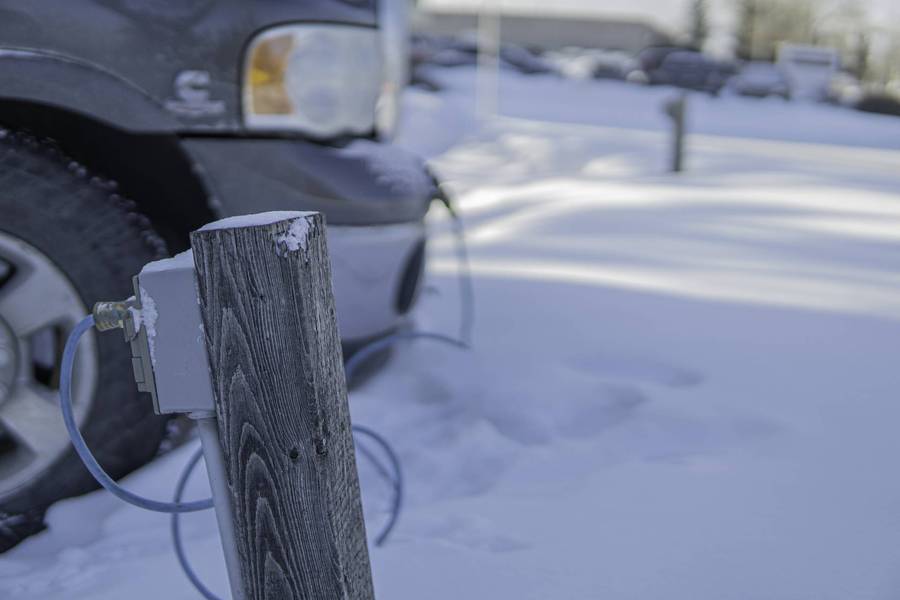ANLC RxCx
In the U.S., we have seen that some of the highest Networked Lighting Controls (NLC) adoption rates are in Utah. We would love to attribute this success to our amazing incentive offerings, but there are also other factors.
- People in Utah love the outdoors, so they have a strong desire for conservation and taking care of their environment.
- Utah is also home to the Silicone Slopes area and a general love for technology. That is evident by the number of lighting control companies headquartered in the state, offering local support for projects using this groundbreaking technology.
As a result, many NLCs that were commissioned years ago probably need a checkup. Our programs include the word “Advanced” to Networked Lighting Controls and generally refer to them as ANLCs. That is not just to be clever; it represents a superior system set to maximize savings. In the case of older ANLC projects, the “Advanced” term might be dropping off as commissioning gets out of date or sensors fail with time. That is why we created the Advanced Networked Lighting Controls Recommissioning (ANLC RxCx) incentive.
Timing
An ANLC RxCx project is eligible for incentives three years from when the project was initially completed. Pre-approval is not required. A vendor can revisit any ANLC project three years or older and offer a low-cost (or, in some cases, free) recommissioning of the controls system. The incentive on these is quite lucrative and will likely cap at 70-100% of eligible costs, depending on the full project scope.
70% cost cap
If the recommissioning space would benefit from other lighting upgrades, this project would fall into the 70% cost cap category. Although the customer will have a co-pay, they can change out some of those lights that weren’t in the original scope. Because incentives carry over from the ANLC RxCx portion to the retrofit part of the project, it can make an area with less savings look attractive due to the increased incentives. This is a great option when there is the potential for additional scope to the project.
100% cost cap
Projects limited to only ANLC RxCx measures have a 100% cost cap. If anything more than RxCx is added to the lighting tool, it will revert to a 70% cost cap calculation. This may include any eligible cost related to the ANLC RxCx project.
Eligible costs
Although each project is unique , here is the list of items we expect to encounter on an invoice.
- Time billed for the recommissioning agent
- Reasonable travel costs (if out of territory)
- Labor hours to replace failed equipment
- Material costs for failed equipment if the manufacturer warranty period has passed (five-year minimum for DLC)
In all other cases, you must confirm with our staff before starting your project to ensure those costs are eligible.
Our team is working to make this process as simple as possible. We maintain a list of eligible projects by vendor and can provide this list at any time. To facilitate the process, we are working on importing previous lighting tools to get that portion done in advance.
The best part about this measure is that it can be repeated every three years. We recommend setting a calendar reminder to contact your customer to make sure their system is still working at 100%. While in touch, see what other projects they may have for you.













